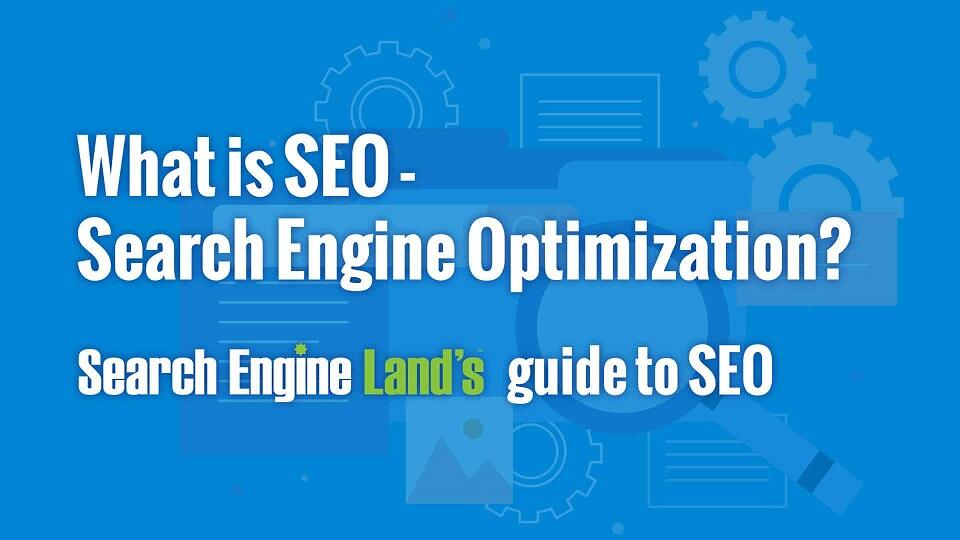The world of Search Engine Optimization (SEO) is vast, but one often overlooked area is Image SEO. As visuals continue to dominate the digital landscape, optimizing images for search engines becomes pivotal to ensure a comprehensive SEO strategy.
Here are the techniques to enhance your Image SEO that ensure better visibility and ranking for your website.
How to Find the Right SEO Service for Your Small Business?
What Is Image SEO?

Before jumping into the strategies, it’s essential to understand what Image SEO is. At its core, Image SEO is about ensuring your images are crawlable, understandable, and consumable by search engines, which can significantly impact your website’s overall visibility.
Key Techniques To Boost Image SEO
1. Opt For The Optimal Format
Different image types serve different purposes:
- JPEG: Renowned for its ability to retain quality with relatively low file sizes, JPEG is the go-to format for photographs.
- PNG: When dealing with graphics, especially those requiring transparent backgrounds, PNG shines as the preferred format.
- GIF: For animated visuals, GIF remains unbeatable.
2. Prioritize Image Compression
Page load time affects both user experience and SEO. Reducing image sizes without compromising quality is vital. Tools like TinyPNG or JPEG Optimizer are instrumental in achieving this delicate balance.
3. Embrace Originality
The uniqueness of an image can set you apart from competitors. Craft bespoke images tailored to your content, instead of relying solely on commonly used stock photos.
4. Mindful Naming Of Image Files
Descriptive and keyword-rich file names enhance image searchability. For instance, a file named “chocolate-cake-recipe.jpg” is more SEO-friendly than a vague “IMG_001.jpg.”
5. Incorporate Meaningful Alt Text
Alt text serves as a brief description for images, aiding visually impaired users and appearing when the image doesn’t load. It’s a golden opportunity to insert relevant keywords, but remember – natural descriptions trump keyword stuffing.
Basics Of SEO That Every Online Business
6. Emphasize Responsiveness
With the proliferation of devices of varying screen sizes, responsive images, which adjust based on the viewer’s screen, are indispensable for an optimal viewing experience.
7. Implement An Image CDN
A Content Delivery Network (CDN) for images enhances website speed by distributing your visuals across a global network of servers. Along with offering drag and drop file upload feature, this ensures users receive the image from the nearest possible source, speeding up load times.
8. Enrich With Structured Data
Offer search engines a deeper understanding of your images by using structured data. This can include details about the subject, creator, location, and more, enriching the context provided to search engines.
9. Pay Attention To Image Dimensions
While large, high-resolution images are appealing and can be detrimental to site speed. Tools like Canva or Adobe Photoshop can help you tailor images to their ideal dimensions for your website.
10. Value Original Content
Again, while stock photos are convenient, original images boost Image SEO and add authenticity to your brand’s presence on the internet.
Final Words
Images aren’t just a visual treat for your audience; they hold the potential to significantly improve your online visibility. By integrating the techniques above, you’re ensuring your images are seen and effectively communicate their intended message to both users and search engines. So, the next time you upload an image, remember its power in SEO and optimize accordingly.




